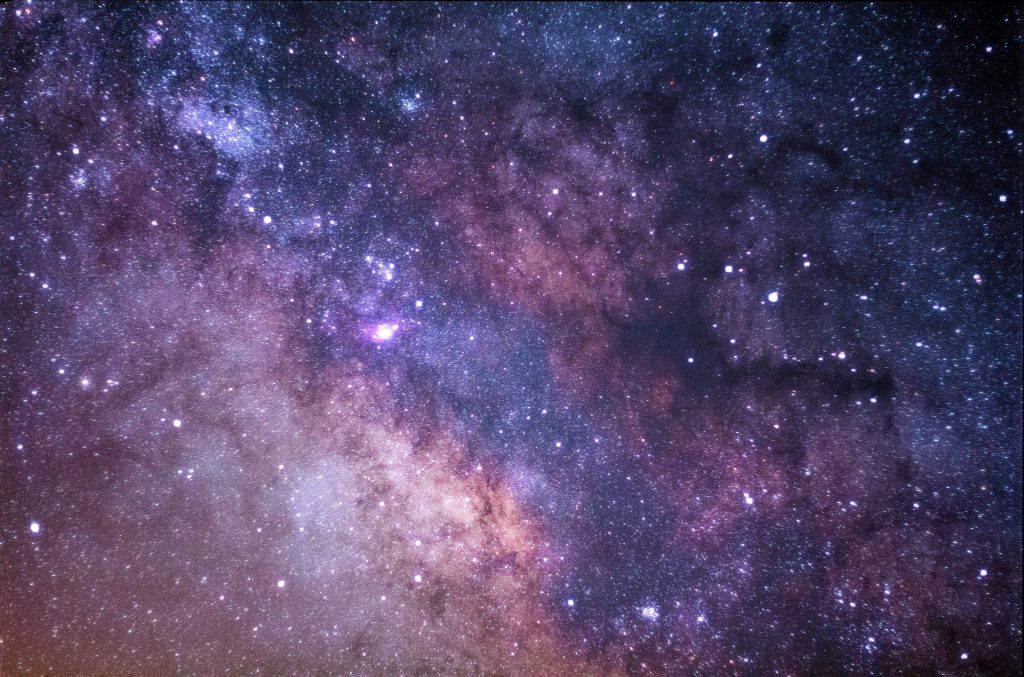
Astrobiology
Astrobiology is a nascent, interdisciplinary field concerned with the origins, evolution and distribution of life in the universe. In other words, a field that bravely tackles two of the most important and overwhelming questions humans can possibly conceive. First, how and where did life originate? And second, are we alone? Taking on an endeavour of such magnitude requires a close collaboration between fields including geology, chemistry, astronomy and microbiology to achieve enough scientific power to begin to answer these questions. With the rapid technological advancements in space exploration and our ability to send missions throughout the solar system, it is an exciting time for astrobiology.
My name is Pablo L. Finkel. I work at the Space Centre as an interpreter and I have just started my PhD in astrobiology, for now, remotely, with the Centre for Astrobiology in Madrid, Spain, the same scientific institute that designed the weather station for Perseverance, the new rover that recently landed on Mars. So, what does an astrobiologist actually do?
While astronomers and astrophysicists look for the ideal exoplanet, that is, the most similar world to Earth beyond our solar system, astrobiologists, for now, work within the boundaries of the solar system. I would dare to say that at this point in history we can use our technology to study worlds in our solar system but sending missions to orbit or to even land on any of these celestial bodies is very expensive and takes a huge amount of work. Every mission to another world has scientific goals and a research plan to achieve those goals. In the search for extraterrestrial life that research begins on Earth.
This is where astrobiologists come into play. Believe it or not, there are certain sites on Earth where conditions are so extreme that nobody would expect to find a single living thing. For example, the Dallol hydrothermal system in northern Ethiopia, is a volcanic area located where tectonic forces are quite literally trying to split the African continent apart. This environment is too hypersaline (salty) and hot for any form of microbial life to thrive, which is why it is considered one of the most “alien” sites on Earth. However, this apparently sterile location is home to some crazy microorganisms that thrive in this extreme environment. Living things like these microorganisms are called extremophiles, organisms that love living in extreme environments. As astrobiologists study these extreme environments, they look for any traces of existing or extinct microbial life – also known as biosignatures.
Astrobiologists are interested in these extreme environments because they provide insights into what other planets might be like. They call these locations terrestrial analogues, environments with similar biology, chemistry and geology to extraterrestrial worlds. Earth has many interesting terrestrial analogues. Atacama is dry and cold, so the extremophiles that live there could be similar to the ones that Perseverance might find on Mars! Subglacial lakes in Antarctica or the permafrost of Devon Island, Nunavut, resemble the conditions that we expect to find on the icy moons of Jupiter and Saturn, respectively Europa and Enceladus.
As astrobiologists study extremophiles on Earth, they build an understanding of what to look for. From there they can send a mission with the right scientific tools to find the most likely extremophiles to exist on other worlds. The field of astrobiology remains at its most exciting stage; not having found life yet but having the passion, knowledge and technology to do so!
I hope this has inspired you to discover more about astrobiology and the search for extraterrestrial life. We’ve pulled together a playlist with some of our favourite web resources. Go through the playlist at your own pace. Here’s how we suggest you start:
Time
Activity
3 mins
Discover more about extreme environments with this short video from NOVA.
Ask yourself: What do you think would be the most challenging extreme environments for humans to live in?
30 mins
Watch this short NASA video about extremophiles.
And then learn more about life in extreme environments with this fun online interactive game.
Ask yourself: How do you think learning about extremophiles on Earth will help astrobiologists?
30 mins
Discover more about astrobiology with this short video and then read some of NASA’s astrobiology-themed graphic novels.
Ask yourself: What do you think is the most surprising aspects of astrobiology?
20 mins
Discover more about how different space exploration missions integrate astrobiology.
Ask yourself: if you were an astrobiologist which mission would you like to be part of?
120+ mins
Help scientists study an extreme environment, the deep ocean with the citizen science project Oceaneyes.
Ask yourself: How many different types of extremophiles can you find?

